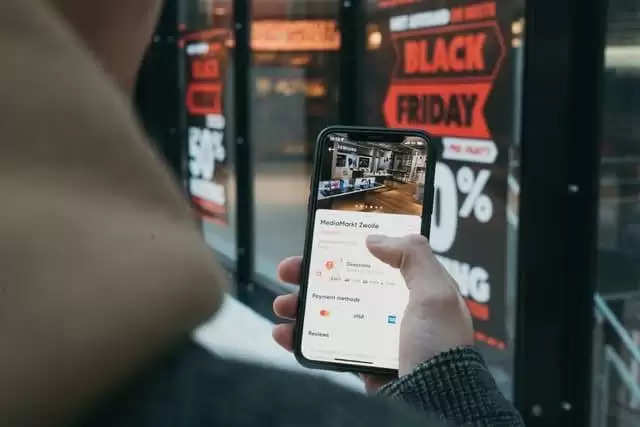‘Supermarket On Wheels’- Is It The Future of Supermarkets?

We all know the age-old adage “The Customer is King”. This is taking on renewed significance in the 21st century where product-based marketing is being substituted by an information-led market and consumers are demanding flexible, customized ‘consumer-centric’ service.
The consumers today, are being offered in numerous new ways to bring home the products, ranging from groceries to apparel and other things on their shopping list, rather than waiting in line in a supermarket.
Increasingly, start-ups and even established companies are planning to evolve a fresh alternative to delivering products.
The supermarkets on wheels concept has caught the fancy of most of the retailers across the globe, who are taking the self-driving vehicles around cities in the hope of making a sale.
Since it is a new concept, retailers are currently experimenting in the metropolitan cities but hope to scale it up to suburbs and smaller towns. Their core objective is comfort to the consumer!
Designing supermarkets in a way that is completely autonomous is a new wave which is operated by an artificial intelligence assistant in the form of a hologram. Some of the basic features of such an autonomous driving platform include- gaze tracker for driver distraction alerts, automatic unlocking of the vehicle, gesture recognition for user controls, surround insight to alert the driver to hazards, and natural language understanding for voice control.
The store keeps a record of its own inventory and returns to the warehouse when it requires a restock.
Picking your own products from shops may be difficult for many, but this concept is quite fast and convenient. Unlike a typical online product delivery service, which requires consumers to select their products first, self-driving supermarkets allow them to call the store using its mobile app, which also lets them enter. After getting inside, you can pay for products by scanning them on your phones. The AI assistant can answer consumers’ questions and suggest recipes while collecting and storing data about each user and their shopping habits.
Eventually, if the number of such supermarkets on the wheel increases, then they could form a network that could collect and determine customer data. This would help to determine demand in different locations, and accordingly, store stock can be adjusted.
As per the reports, the retail industry is on the edge of a big revolution. This is all because of the advanced technology around self-driving cars, the wireless tagging of stock, digital payment, and data analysis.
Delivering perishable a challenge
One of the major challenges of supermarkets on wheels is to deliver perishable items. The perishables constitute about 60% of all groceries sold, less than 5% of them are sold online. This is mainly of customers being vary of allowing someone else to pick their products. As per some surveys, more than 85 percent of women did not prefer to purchase fruits and vegetables online as they thought the delivery was quite expensive. Moreover, they also wanted a look-touch-feel factor before deciding to buy.
Hence, to solve this problem of people having a physical touch of products before buying, self-driving supermarkets have made their entry. The reports further found that 70% would use such a supermarket more than once a week.
Role of AI in Supermarkets
Artificial Intelligence will play an important role in tomorrow’s Supermarket business.It is the foundation of the future of consumer experience. Brands need to elevate the use of AI to become more efficient and customized. Many facets of the customer experience, such as answering monotonous questions or even checking out products in-store, can be automated with the help of AI.
How it works
Customers will need to download the accompanying app then they can sign in by entering their personal information, including their payment and address details. They can then order from such supermarkets and shop at their own doorstep. The ordering process is similar to the process of booking OLA, whereby customers register their details to use the service.
There will be no human in moving store delivery vehicles. It will be operated by people from different locations via navigation systems and cameras. Once self-driving supermarket reaches to customers destination, they need to open the door via their app and then choose their products.
Sensors are fitted on the shelves that detect when the product has been taken and charge payment and send a receipt to the customer on their app. The door of the vehicle can be closed either manually or by using the app. The touch technology is the same as used in the Amazon Go stores where customers can pull products from shelves and will be charged without getting their package label to be scanned.
The vehicle’s display shelves can be either static or rotating. It also enables retailers to manually communicate with consumers and staff through telemetry and access sales data. Companies running supermarkets using a remotely operated vehicle will require a license to launch on public roads.
The nature of the business being hyper competitive, a lot of new entrants are planning to help shoppers purchase from the safety of their homes. The key to success for companies is to find a firm balance between technology and human interaction so that customers can enjoy more.
The concept of supermarkets on wheels will serve as an emerging future. This is because the above idea is based on two precious factors – time and convenience. It will allow customers to buy products from their own location, thus saving time and travel costs.
.jpg)